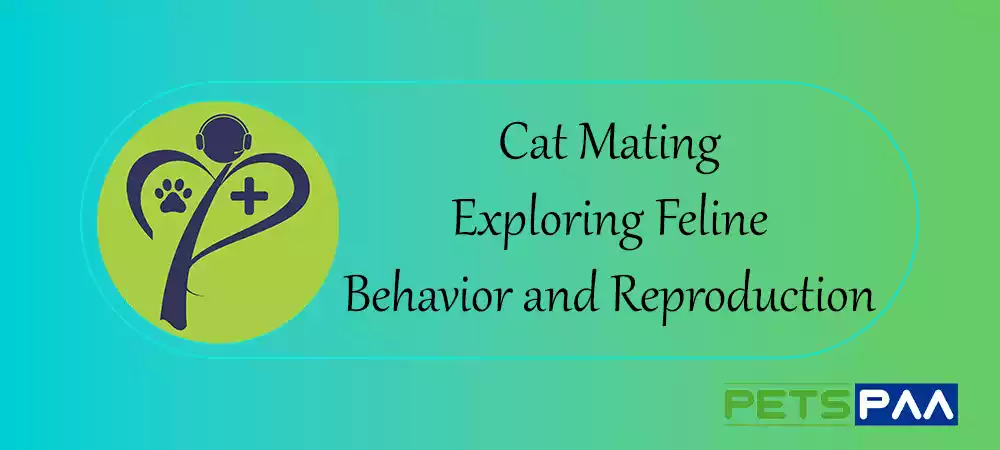Are Persian Cats Hypoallergenic? The Revealing Truth!
The quick answer to the question “Are Persian cats hypoallergenic?” is a loud No. No cat, not even the shorthaired Bengal or the hairless Sphynx, is completely hypoallergenic.
If you want a cat but start sneezing or sniffing when a cat approach, you can check into hypoallergenic cat breeds. Maybe you’ve fallen in love with the charming Persian breed and are hoping they’re hypoallergenic.
We’ll go through why Persians aren’t hypoallergenic, what causes cat allergies, and how to live with them if you have allergies.
Table of Contents

Introduction
Persians are long-haired cats that are popular all around the globe. Their pleasant demeanor and fluffy fur draw cat lovers to them. One amazing detail about this breed that we discovered is that their first known progenitor was taken to Italy around 1620. Following World War II, American breeders Produced today’s Persian cats.
We are keen to find out whether this breed is suitable for allergic people’s homes. In true Persian cats, we’ve got right to the point about whether Persian cats are allergy-friendly and why. Please continue reading for solutions to your queries.
Are there any cat breeds that are truly hypoallergenic?
Unfortunately, the answer to this question is no. Certain cat breeds, particularly hairless ones like the Sphynx, are occasionally presented as hypoallergenic and hence ideal for allergy patients who nevertheless wish to keep a cat.
However, it is the proteins in a cat’s dander, urine, and saliva that cause an allergic response, not its fur. Some cat breeds may generate less of the Fel d 1 protein that causes allergies than others. The Siberian Cat may be one example of a breed with a decreased allergy risk, according to research, although this isn’t definite.
Other breeds may be labeled as low allergy or hypoallergenic, but unless there is scientific evidence to support that claim, it is unlikely to be true.
Allergies & Persian Cats
Persian cats do not have hypoallergenic fur. While their long hair isn’t always an issue, they might shed more dander than other breeds. Long-haired cats spent more time in grooming than shorthaired cat breeds, this causes more dander and saliva released into the surroundings, which triggers allergies.
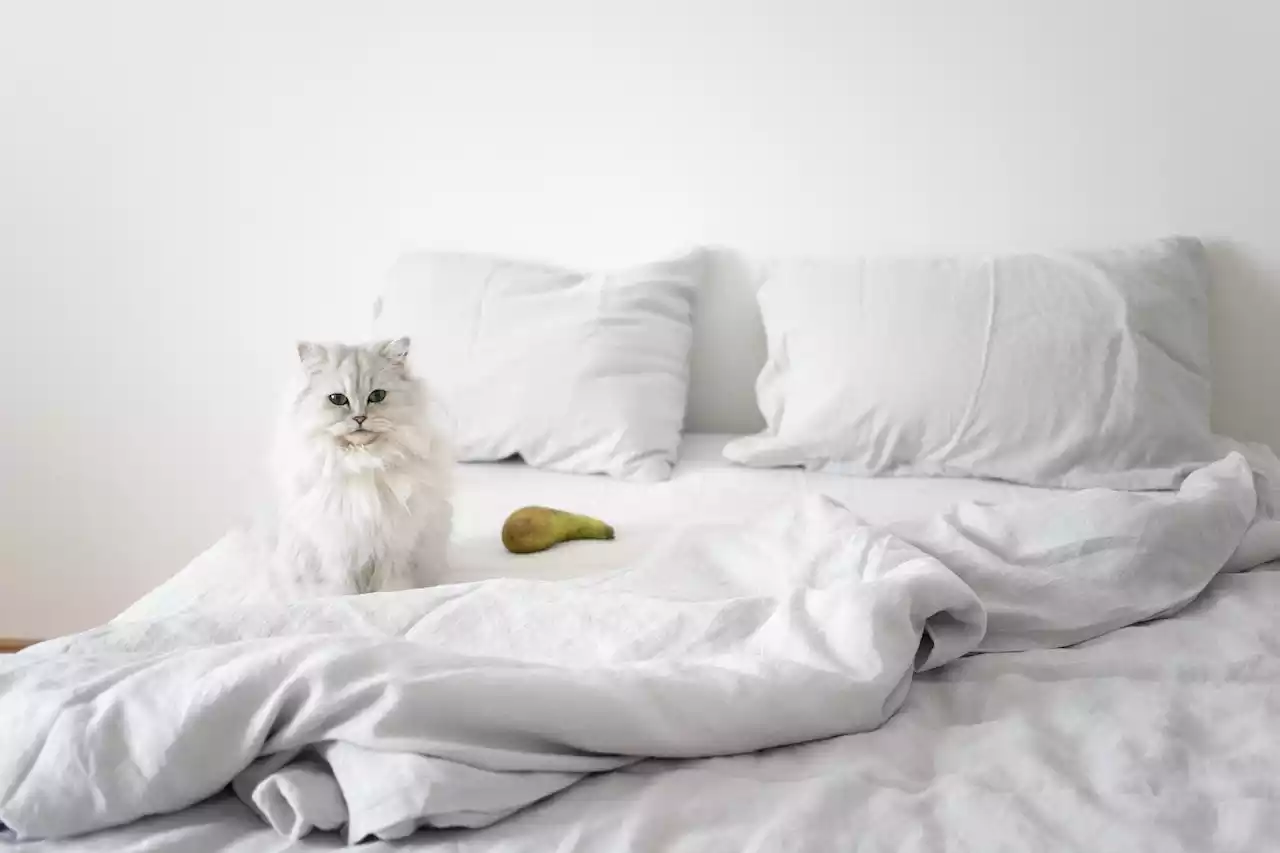
Are Persian cats are hypoallergenic
Sadly, the answer is no. Persian cats are not known to be hypoallergenic. In fact, most allergy patients discover that their company irritates their throats and skin.
The following are the primary reasons why they are not considered hypoallergenic:
- Cats with seasonal blowouts and double coats
- All-year moderate shedding High dander production rate
- Slobbering and saliva exposure is moderate.
- Fel d1 production rate ranges from moderate to high
Cats generate a broad variety of allergens that may cause a variety of allergic responses. Skin and respiratory allergies are the most prevalent. And Persian cats may rapidly elicit both.
What is the reason why Persian cats are not hypoallergenic?
To understand why the Persian cat breed is not considered hypoallergenic, we must first examine what causes cat allergies in the first place. Many people believe that cat fur causes allergies, however, this is not true.
Dander is composed of dead skin flakes that fall off your cat’s skin. It spreads throughout your house and may linger in the air for an extended period of time.
Aside from dander, frequent allergy triggers include
- Saliva,
- Urine
- feces.
- Sweat
- Tears and
- Mucous
If you don’t groom or bathe your Persian often (because they dislike water), its fur might hold more dander than that of other breeds.
What causes allergies in Persian cats?
A protein known as Fel d 1 causes cat allergies. When an allergic person comes into touch with this protein, their immune system incorrectly targets it, resulting in allergic responses. Cat allergens may spread in the environment and are present in cat dander, saliva, and urine.
Unneutered male cats generate the most Fel d 1, followed by female cats and neutered males. Kittens are the least productive. Cat allergies are more common in the United States than dog allergies.
All of the allergy triggers listed above have one thing in common: they all include Fel d1, a thermostable protein found in saliva, anal glands, sebaceous glands, skin, and fur.
Most persons with cat allergies respond to this allergen, but just a few react to Fel d2 and Fel d3. The principal sources of Fel d1 are sebaceous glands (tiny oil-producing glands on cats’ skin).
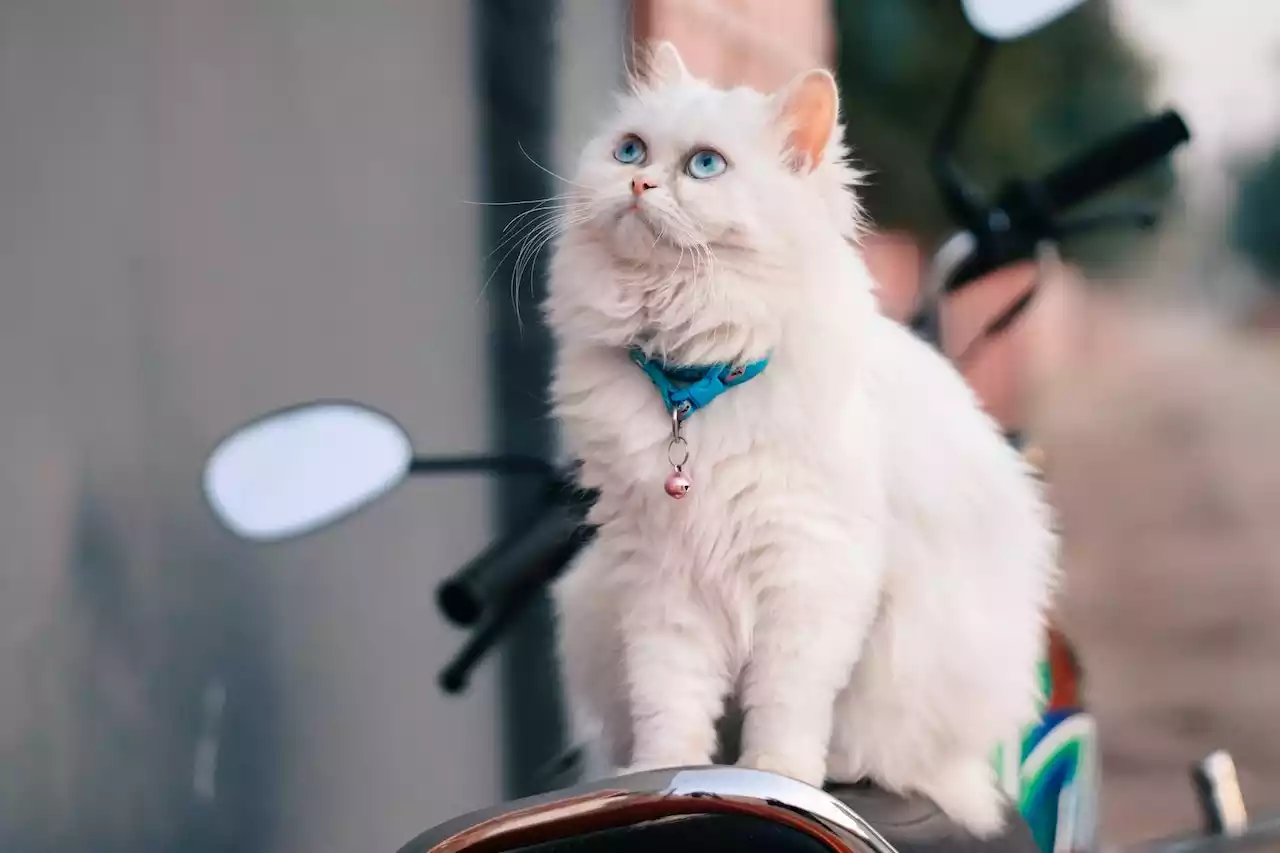
Do Persian Cats Shed a Lot?
Yes, Persian cats shed somewhat all year, with more shedding in the spring. Their lengthy hair causes hair buildup in your house. Persian cats shed dander and outdoor allergens, which contribute to airborne allergies and asthma attacks.
Saliva and Dander Levels in Persian Cats
Cat proteins present in saliva, dander, and other things can irritate people with sensitive skin. Personal sensitivities influence allergy symptoms. Because of their thick coats, Persian cats produce a lot of dander, which increases their exposure.
They also drool considerably and disseminate saliva by self-grooming, shedding more allergens. If you still want a Persian cat despite your allergies, we provide allergy control advice. Consider our list of hypoallergenic cat breeds instead.
Cat allergies symptoms
You may be allergic to cats if you are allergic to any of the following:
- Itchy and red eyes
- Coughing
- Hives or rashes
- Sneezing
- Itchy or runny nose
- Skin that is red and inflamed
- Asthma
If you experience any of these symptoms while around cats, you may be allergic. Your doctor may order testing to ensure that your allergies are indeed cat-related.
You may also like:
Tips and tactics for Persian cats with allergies
Persian cats are gorgeous and beloved by many people, so we understand if you still want one despite their non-hypoallergenic characteristics. Here are some pointers to help you manage your allergies while living with a Persian cat.
- Environmental safeguards
- Personal hygiene
- Selecting a Hypoallergenic Persian Cat Mix
Environmental safeguards
Because dander is airborne, taking care of your house is critical for allergy avoidance. To ensure that your living area is clear of Fel d1, you should:
- Install an air filtration system (such as HEPA—high-efficiency particulate air) to ensure consistent airflow and the removal of dander from your environment.
- All cleaning gadgets use a HEPA filter.
- To reduce allergen accumulation, vacuum your floors, carpets, draperies, and furniture.
- The most effective vacuum cleaner for cat hair and dander
- Avoid contact with allergen collectors (cat toys, cat trees, climbers, and so on).
- All big rooms need a high-quality air purifier.
- Limit the amount of rough surfaces in your house.
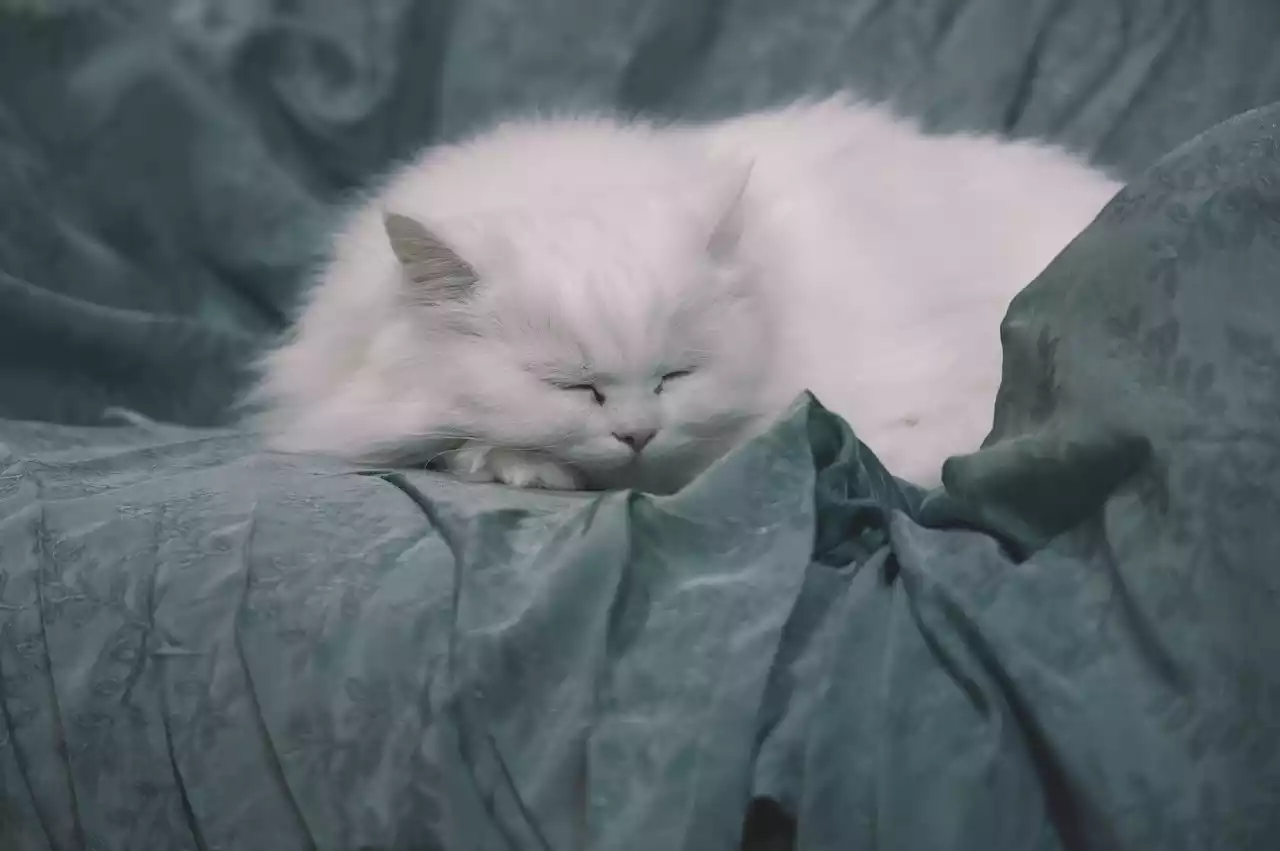
Personal hygiene
Wash your hands immediately after stroking your Persian to avoid allergies.
- Avoid touching your face, eyes, and nose while playing and immediately after.
- Wearing protective gloves while grooming and handling your cat’s litter box, or having someone else do it
- Taking antihistamines
- Using cat dander-removal sprays and wipes
- Washing your clothing on a regular basis
Select a Hypoallergenic Persian Cat Mix to Reduce Allergic Reactions
If the kitten takes after its Siberian parent, Siberian, and Persian hybrid cats, often known as Himalayan cats, may be hypoallergenic. The lower amounts of fel d1 protein, as well as the sort of coat it possesses, are the items to watch out for here.
Overall, the Siberian Persian mix is a fun-loving attention seeker. And, since the Siberian cat is hypoallergenic, this hybrid is unlikely to cause allergic responses.
These Persian Cat Care may Help Lessen Allergies
Taking care of your Persian cat’s health and well-being eliminates excessive shedding and dander production. If you already have a Persian cat and are dealing with allergies, the good news is that there are a few things you can take to keep allergies at bay.
- Training
- Grooming
- Cleaning
- Balanced Diet
Training
Training a Persian cat may be difficult. During the first few days, these cats are frequently hesitant to connect with their owners. As a result, you must be really patient with them.
- Always remain inside the confines of your house (avoid outside allergens)
- To avoid your bedroom, furniture, and textile surface
- If you are allergic to pet saliva, he will not lick you.
- to conduct their transactions in a defined area
Grooming
The removal of shed hair and dander may be aided by regular grooming. This reduces the likelihood of it being shed about the home.
- Persian cats need daily grooming since they are high maintenance.
- Brush their coats first thing in the morning to avoid shedding, tangles, and matting.
- Regular grooming might help to lessen the quantity of dander. If you don’t want to groom or wash your cat, schedule frequent grooming visits with a groomer.
- To eliminate any lingering dander, wipe their coat with a moist towel in the direction of hair development.
- When grooming, pay special attention to regions such as the ears and armpits.
- For delicate grooming, choose a brush with a broad metallic comb and dull bristles.
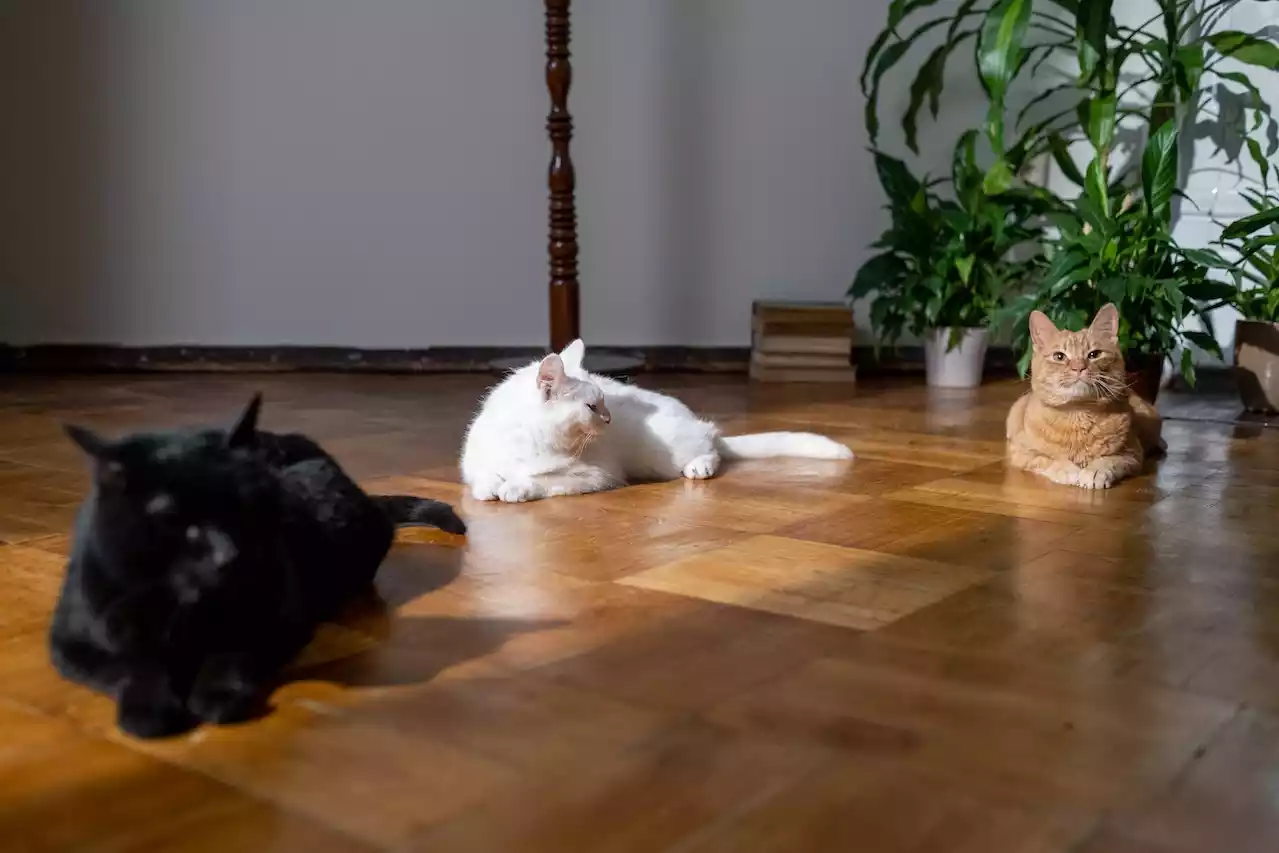
Cleaning
Persian cats have long, thick coats that need frequent bathing, usually every 2 to 3 weeks, using soap powder or dry mousse.
- Choose a shampoo that will leave their coats looking bright and healthy.
- Overwashing may increase dander and fel d1 production, so finding the appropriate balance is critical.
- Clean your cat’s bed. Dander and allergens rapidly accumulate in your cat’s bed. Make it a habit to wash their mattresses at least twice a month.
- Clean the area where the Persians regularly stay and utilize.
- Groom your Persian outdoors to reduce the amount of fur and dander in your house.
Balanced Diet
To suit the nutritional requirements of a Persian cat:
- For a healthy coat, robust immune system, and muscular growth, make sure their food contains at least 50% animal protein, such as lean meat and fish.
- Animal fat contains necessary fatty acids that are beneficial to skin health and metabolism.
- Vitamins and nutrients present in high-quality meat moisturize the skin, keep the coat glossy, and control shedding.
- Avoid depending on plant-based diets since they lack essential micronutrients and may be difficult to digest for sensitive Persians.
- When eating a balanced diet of high-quality meat, no further supplements are required.
What foods should you avoid?
Maintaining your Persian cat’s skin and coat health is more than just giving him the appropriate nutrition. It’s also about avoiding the incorrect ones, thus avoiding:
- Additives
- Ingredients used as fillers
- Common allergens include eggs, dairy, wheat, and meat.
- Ingredients that are toxic (coffee, chocolate, or allium veggies)
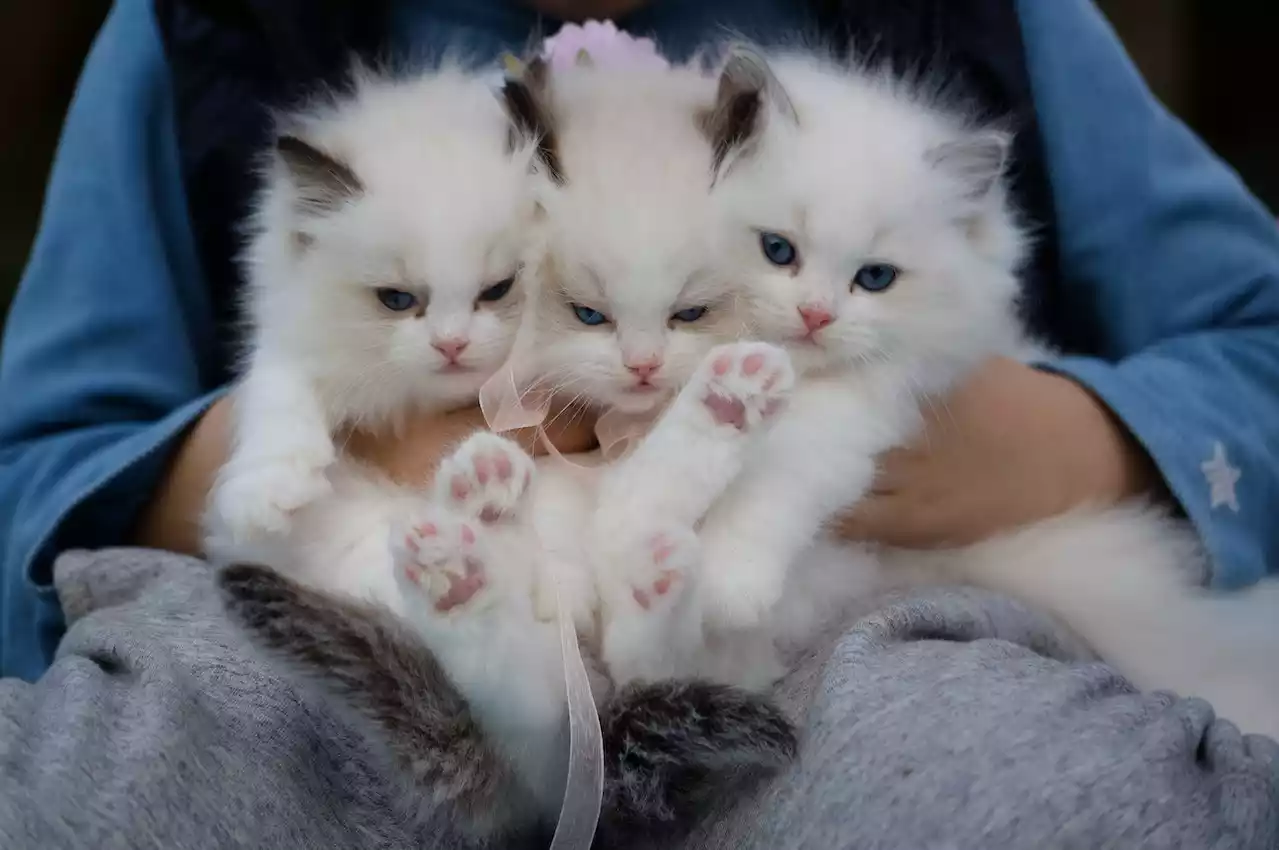
Factors What should you think about before getting a Persian as a pet?
If you admire Persian cats and would want to adopt one, Even if you have allergies, you should consider the following facts:
- Male cats create more allergens than female cats.
- Neutered men produce less than intact males (similar to females).
Before you get a cat, spend a day with it and observe your emotions. It is fine to adopt a kitten if you did not have an allergic response or simply had a moderate one.
If you have a strong response, search for another relationship. To distinguish between moderate and severe symptoms, use the table below:
Mild | Extreme |
|
|
Conclusion
In conclusion, although Persian cats are a beautiful breed, they are not hypoallergenic and are not suitable for allergy patients. Persian cats are not considered hypoallergenic due to their propensity to shed considerable dander and fur. But, in all honesty, no cat breed should have that designation. There are currently no cat breeds that are regarded totally hypoallergenic.
If you or a family member develops allergies, or if you already have them but are anxious to add a Persian cat to your household, there are actions you can take to reduce the number of allergens in your home.
This way, you can sneeze less while still enjoying life with your cat but sleeping on the same pillow is definitely still out of the question!
FAQs (Frequently Asked Questions)
While no cat breed is completely hypoallergenic, Chinchilla Persian cats are known to produce fewer allergens compared to other cat breeds. This means they may cause fewer allergic reactions in some individuals, but it’s important to note that individual reactions can vary.
Himalayan Persian cats are not considered hypoallergenic. They have long fur and can produce allergens, such as dander and saliva, which may trigger allergies in sensitive individuals.
White Persian cats are not specifically hypoallergenic. Like other Persian cats, they can produce allergens that may cause allergies in susceptible individuals. It’s important to spend time with a white Persian cat before bringing one home if you have allergies to assess your personal reaction.
Doll face Persian cats, which refer to a particular facial structure rather than a breed, are not inherently hypoallergenic. The hypoallergenic status depends more on the individual cat’s genetics and how it produces allergens rather than its facial features.
Blue Persian cats, like other Persian cats, are not hypoallergenic. The color of their fur does not affect their allergenic properties. Allergies to cats are primarily triggered by proteins found in their dander, saliva, and urine, regardless of fur color.
Persian cats are known to produce allergens that can trigger allergies in susceptible individuals. They have long fur, which can trap more dander, and they groom themselves frequently, spreading allergens through their saliva on their fur. If you have allergies, it’s recommended to spend time with a Persian cat before deciding to bring one into your home.
Persian cats can potentially cause allergies in individuals who are sensitive to cat allergens. These allergens are typically found in their dander, saliva, and urine. It’s advisable to interact with Persian cats before committing to owning one to determine your personal allergy response.


